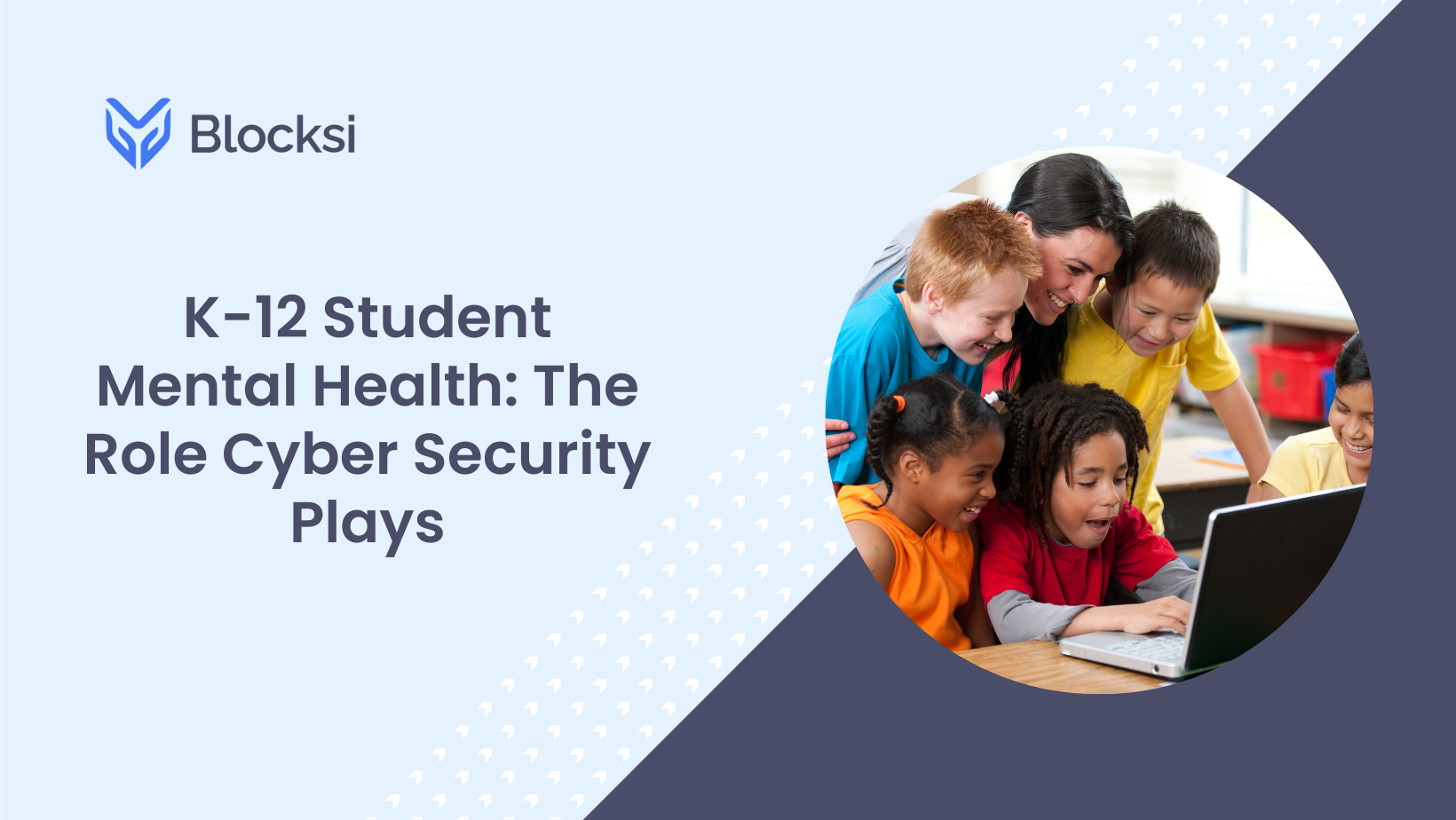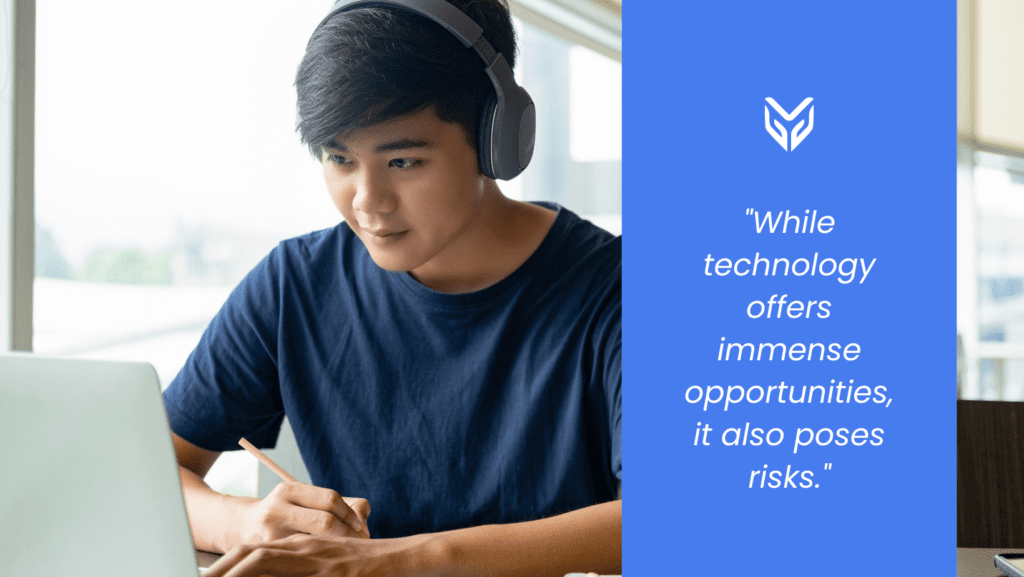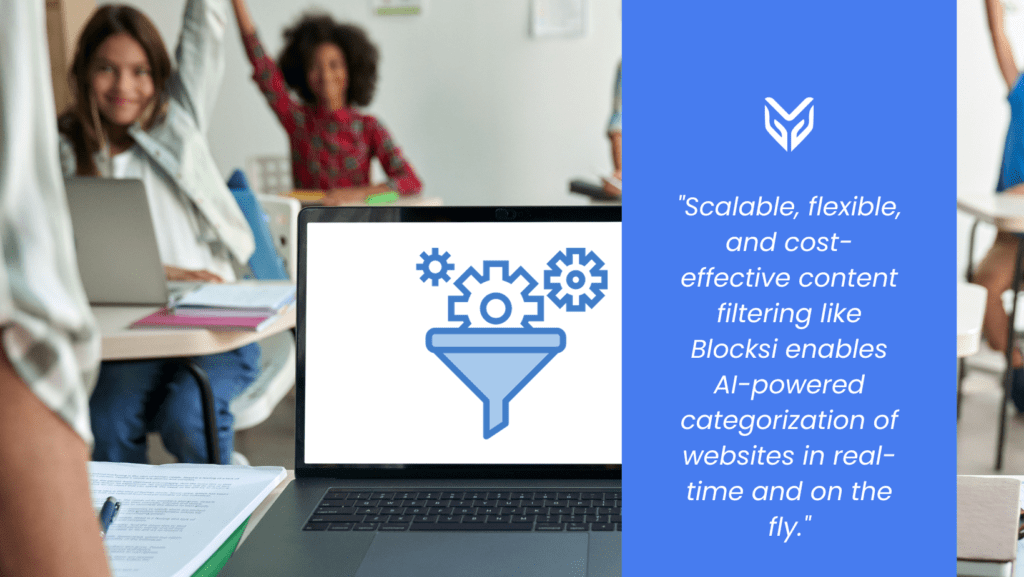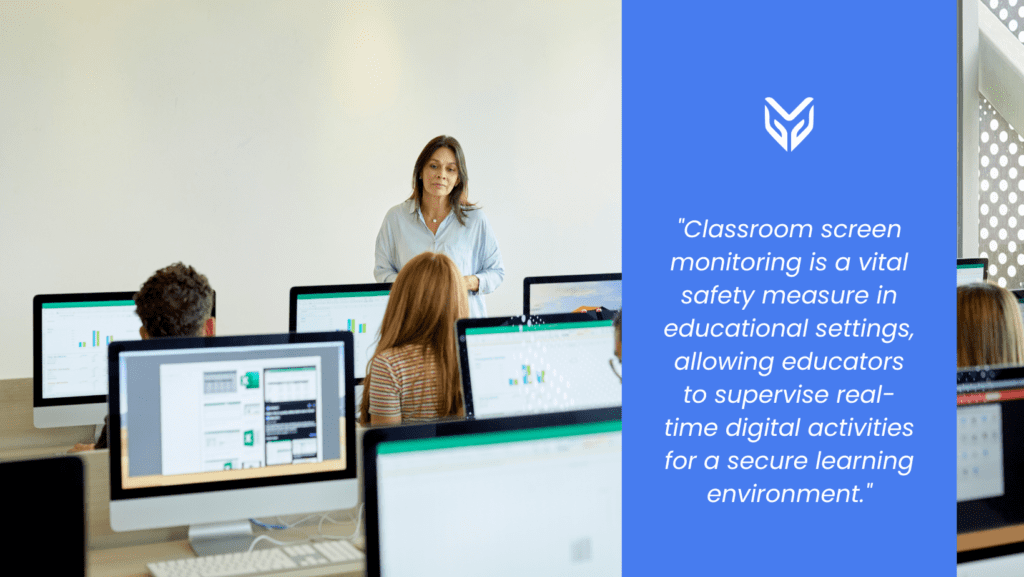NEWS
K-12 Student Mental Health: The Role Cyber Security Plays

Amid the increasing incorporation of technology in K-12 settings, concerns regarding student safety have evolved beyond the conventional worries of cyber threats and inappropriate online content. The shift to virtual environments has brought forth new challenges, where concerning behaviors, once observable in physical classrooms, now manifest online, often escaping immediate detection. Consequently, the scope of digital safety has expanded to encompass student mental health, necessitating a fusion of both aspects.
In response, digital safety measures have evolved to become an integral facet of holistic support systems for mental health in schools. That is why maximizing the efficacy of tools like content filtering and K-12 threat detection is essential for any modern educational setting.
Understanding the Impact on K-12 Student Mental Health
Today’s students traverse a digital landscape integral to their education. While technology offers immense opportunities, it also poses risks. The exposure to unfiltered content can significantly impact student mental health. Cyberbullying, inappropriate material, and online threats contribute to heightened stress and anxiety among students, affect their emotional well-being and academic performance, and even lead to self-destructive behavior.

Content Filtering: A Pillar of Student Safety
Content filtering shields students from stressors like social media. And it generally ensures students aren’t exposed to content that could promote negative emotions or unhealthy behaviors, such as violent entertainment or extremist groups. Implementing robust content filtering mechanisms is a primary means to fortify student safety and, consequently, their mental health. By regulating the content accessible within school devices, educators and IT professionals curate a secure digital environment. In addition to being essential tools for identifying and blocking offensive, deceptive, or harmful content, content filters in schools are also a major factor in the detection and resolution of violent and bullying incidents as well as threats involving self-harm.
Scalable, flexible, and cost-effective content filtering like Blocksi enables AI-powered categorization of websites in real-time and on the fly. Through dynamic filtering with functions like AI blurring of adult images, students’ online activities are protected with the highest quality and reliability filtering.

K-12 Threat Detection: Safeguarding Student Well-being
In tandem with content filtering, K-12 threat detection assumes a critical role in ensuring student safety. So, an automatized threat detection system backs real-time monitoring by educators. A thorough K-12 threat detection scans students’ digital activities at all times—24/7/365. First, through an AI-backed system that recognizes potential threats and, secondly, through human reviewing that ensures 100% certainty a threat is an actual threat. The worrying content is then promptly forwarded to the school as an alert, and the school can take further action to ensure a timely intervention.
Monitoring Students: Balancing Student Guidance, Safety, and Privacy
Classroom screen monitoring is a vital safety measure in educational settings, allowing educators to supervise real-time digital activities for a secure learning environment. This tool not only helps identify potential risks and concerning behaviors but also enables immediate intervention to ensure student well-being. Additionally, features like chat support allow teachers to address students’ social and emotional needs promptly.

However, while crucial for safety, monitoring necessitates a delicate balance between security and privacy. Implementing clear guidelines and ethical frameworks is essential to prioritize student safety while respecting their privacy. Blocksi adheres to legal standards such as CIPA, COPPA, and FERPA, ensuring responsible monitoring practices.
Promoting a Holistic Approach to School Safety
Addressing K-12 student mental health through cybersecurity involves adopting a holistic approach to school safety. It integrates various strategies, including robust content filtering, vigilant K-12 threat detection, and responsible monitoring. This comprehensive strategy creates an environment that is supportive of students’ general growth and well-being in addition to guaranteeing a safe and secure digital environment.
In conclusion, we cannot overstate the symbiotic relationship between K-12 student mental health and cybersecurity within educational settings. Implementing and continually refining robust cyber safety measures, including content filtering, threat detection, and monitoring, contributes significantly to creating a safer, healthier, and more supportive learning environment for our students. The proactive approach mitigates risks and empowers educators to better nurture the well-being of the future generation.
SOURCES





